How to Choose the Right Tricycle for Electric Travel
As the electric mobility market expands rapidly, choosing the right tricycle for electric travel has become essential for consumers seeking sustainable and efficient transportation solutions. According to recent industry reports, the global electric bicycle and tricycle market is projected to reach $23.83 billion by 2030, growing at a compound annual growth rate (CAGR) of 7.3% from 2021. This surge is powered by increasing urbanization, environmental concerns, and the demand for convenient, eco-friendly travel options. Within this context, consumers must carefully consider various factors including battery life, weight capacity, safety features, and overall design, to ensure their investment meets personal needs while contributing to a greener future. Selecting the right tricycle for electric travel not only enhances individual mobility but also aligns with broader sustainability goals that are becoming increasingly important in our modern society.
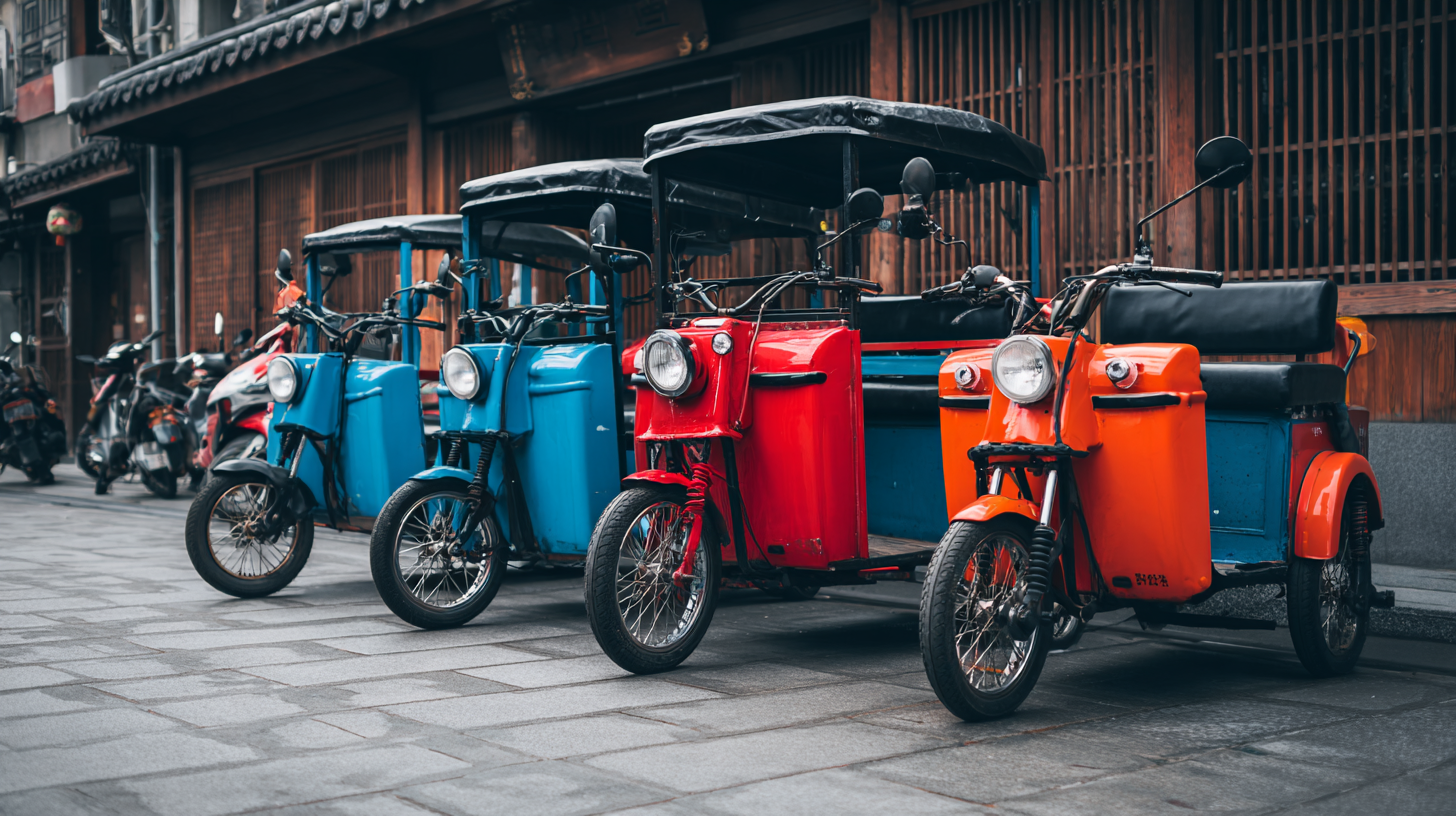
Understanding Different Types of Electric Tricycles: Which One is Right for You?
When it comes to selecting the perfect electric tricycle, understanding the various types available can significantly impact your travel experience. As per a recent report by the Electric Bicycle Industry Association, the electric tricycle market has seen a steady growth, with an annual increase of approximately 12% in sales due to rising consumer demand for eco-friendly transportation. Among the various types, there are cargo tricycles designed for carrying heavy loads, recreational tricycles for leisurely rides, and commuter tricycles tailored for daily urban travel.
Choosing the right model hinges on your specific needs. For those interested in utility, cargo tricycles often feature larger storage spaces, making them ideal for deliveries or transporting groceries. In contrast, recreational tricycles typically offer enhanced comfort and stability for leisurely rides. Commuter tricycles, on the other hand, are equipped with features designed to navigate city streets efficiently, providing a compact design and faster speeds. A report from the National Institute for Transportation and Communities indicates that around 60% of electric tricycle users prioritize comfort and safety, underscoring the importance of finding a model that aligns with your lifestyle and intended use.
How to Choose the Right Tricycle for Electric Travel
| Type of Electric Tricycle | Weight Capacity | Range per Charge | Top Speed | Best For |
|---|---|---|---|---|
| Adult Electric Tricycle | 300 lbs | 25 miles | 15 mph | Recreational Use |
| Folding Electric Tricycle | 250 lbs | 20 miles | 12 mph | Commuting & Easy Storage |
| Heavy-Duty Electric Tricycle | 400 lbs | 30 miles | 18 mph | Cargo Transport |
| Electric Tricycle for Kids | 150 lbs | 10 miles | 8 mph | Children's Recreation |
Key Features to Consider When Selecting an Electric Tricycle for Travel
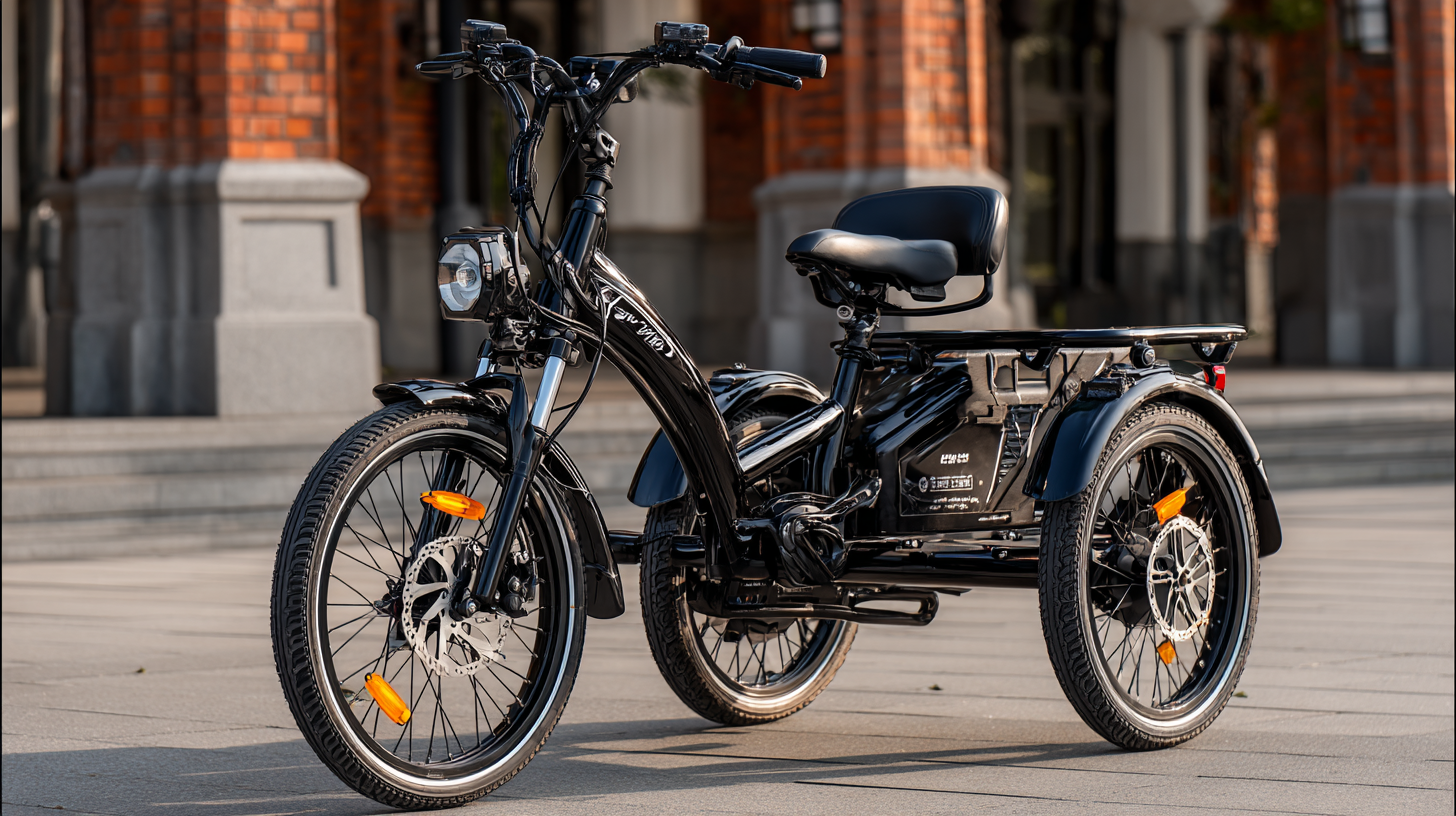 When selecting an electric tricycle for travel, several key features must be considered to ensure a safe and enjoyable experience. Battery capacity is paramount; according to the Electric Vehicle Association, a battery range of at least 40-60 miles is ideal for most travel needs. An efficient lithium-ion battery not only extends your travel distance but also reduces charging times, making your trips more convenient.
When selecting an electric tricycle for travel, several key features must be considered to ensure a safe and enjoyable experience. Battery capacity is paramount; according to the Electric Vehicle Association, a battery range of at least 40-60 miles is ideal for most travel needs. An efficient lithium-ion battery not only extends your travel distance but also reduces charging times, making your trips more convenient.
Another vital aspect lies in the tricycle's frame design and weight capacity. A sturdy aluminum or steel frame can support heavier loads while ensuring stability, which is essential for longer journeys. The National Institute for Transportation and Communities notes that a higher weight capacity often correlates with a better performance on hilly terrains. Additionally, look for features such as adjustable seating and ergonomic handlebars, which enhance rider comfort during extended rides. Investing in a tricycle equipped with quality brakes and lighting systems can further improve safety, an important consideration for those traveling in various weather conditions or after dark.
Assessing Your Budget: Finding a Cost-Effective Electric Tricycle
When selecting an electric tricycle, one of the most crucial factors to consider is your budget. According to a recent report from the Electric Bicycle Association, the average price range for electric tricycles can vary significantly, typically falling between $700 and $3,500. Understanding your budget can help narrow down your options while ensuring you get the most value for your investment.
It's essential to compare several models within your price range to determine which features are most beneficial for your needs. Many budget-friendly options offer basic features, while more expensive models may include advanced technological integrations like GPS tracking and regenerative braking. A market analysis conducted by Freedonia Group indicated that the demand for electric bicycles, including tricycles, is expected to grow at a rate of 12% annually, emphasizing the increasing value placed on electric travel. Prioritizing cost-effectiveness while keeping an eye on future trends can help you make a wise decision that suits your finances and lifestyle.
Evaluating Safety Features: Ensuring a Secure Electric Travel Experience
When choosing the right tricycle for electric travel, safety should be the foremost consideration. A well-designed electric tricycle should come equipped with essential safety features that protect the rider and enhance the overall travel experience. Begin by evaluating the braking systems; it’s crucial to opt for tricycles that have both mechanical and electronic brakes for improved stopping power. Additionally, look for models that include automatic braking systems, which can help prevent accidents in emergencies.
Another vital aspect of safety in electric tricycles is their visibility on the road. Tricycles should be fitted with high-quality lights and reflectors to ensure the rider is visible during low-light conditions. Furthermore, consider the stability of the tricycle; a wider wheelbase can significantly reduce the risk of tipping over, especially during turns. Lastly, investing in helmets and other protective gear is equally important in enhancing safety, ensuring that riders are well-equipped to handle any unexpected incidents during their journeys. By prioritizing these safety features, riders can enjoy a secure and enjoyable electric travel experience.
Testing for Comfort and Performance: How to Choose the Best Ride for Your Needs
When it comes to choosing the best tricycle for electric travel, testing for comfort and performance is crucial. According to a report by the Electric Bike Company, comfort and stability are the top priorities for 68% of electric tricycle users. To ensure a tricycle meets these requirements, one should consider factors such as frame design, seat comfort, and handlebar positioning. Research shows that upright seating positions contribute to better back support, making longer rides more enjoyable. A tricycle with adjustable seats can accommodate different riders seamlessly, enhancing the overall experience.
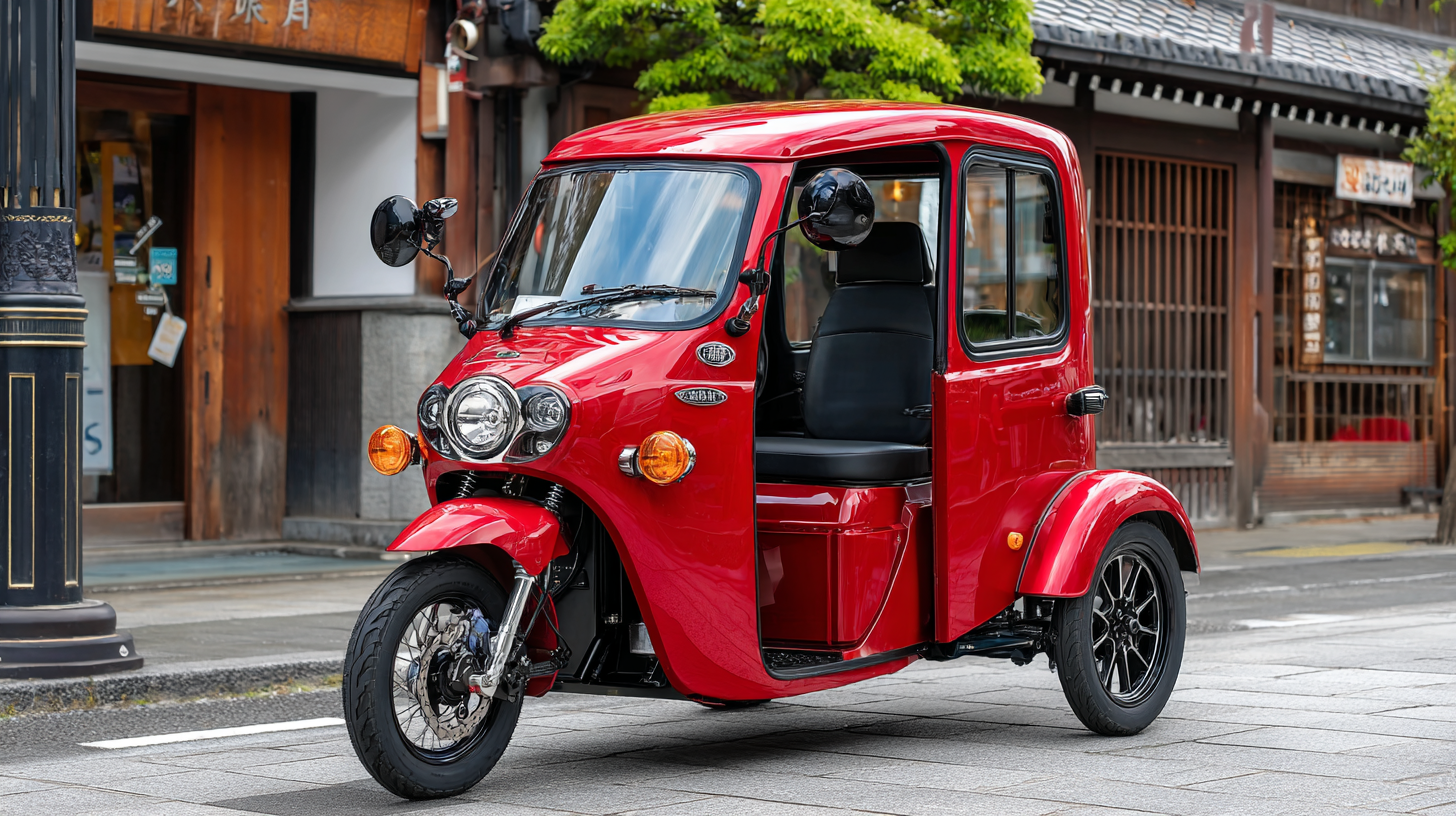
In terms of performance, battery range and power are significant determinants of a tricycle's usability. A study published in the Journal of Transportation Research indicates that tricycles with a minimum range of 30 miles per charge are preferred by 75% of users for daily commutes. Additionally, evaluating the motor's power is vital; a tricycle with at least 500 watts of power can handle various terrains and inclines, providing an optimal riding experience. By carefully assessing these comfort and performance metrics, potential buyers can make informed decisions tailored to their specific travel needs.
Related Posts
-
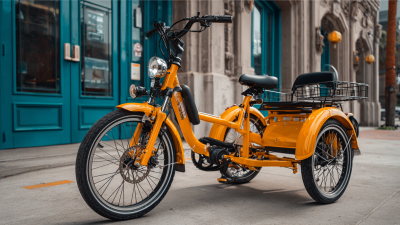
7 Essential Tips to Choose the Best Tricycle for Electric Mobility: A Data-Driven Guide
-
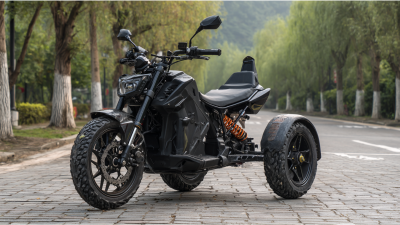
How to Choose the Right Electric Trike for Adults
-

7 Secrets to Choose the Best Charging Battery Car
-

7 Essential Tips for Choosing the Best Electric Trike for Adults
-
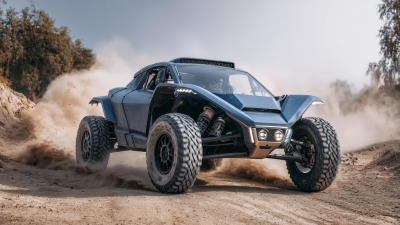
How to Choose the Perfect Electric Off Road Car for Your Next Adventure
-

Essential Checklist for Choosing the Perfect Tiny Cars for Adults: Key Features and Top Models







